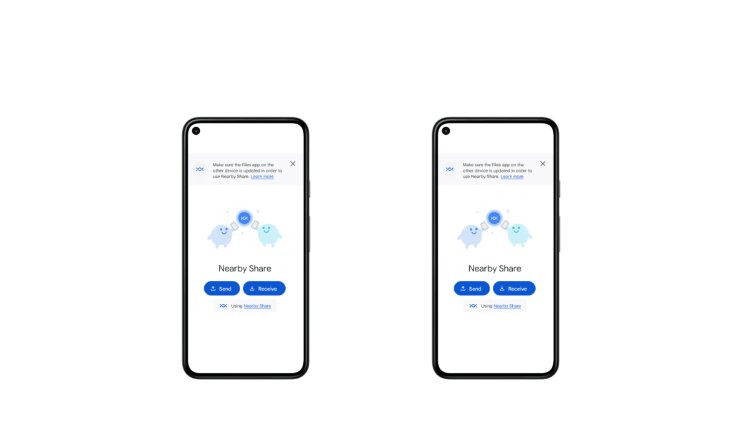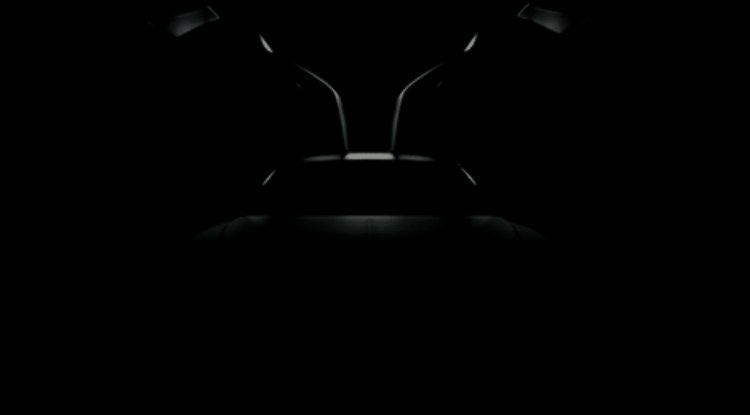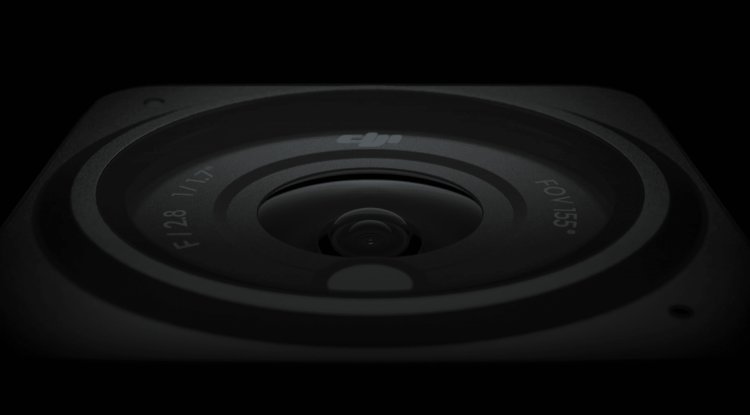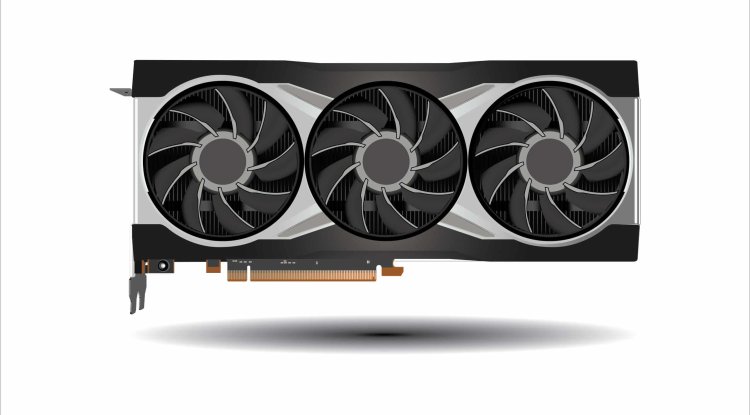Nearby Share gets a big update

Many Android users were ecstatic when Google released Nearby Share in 2020, hoping for a technology that could compete with Apple's AirDrop.
Nearby Share made it simple to transfer data across devices without the need to physically connect or upload to Google Drive, which required a second download. And now everything is even simpler.
Before Google I/O, it was announced that an upgrade to Google Play Services is in the works that will make using Nearby Share even easier. According to Esper's Mishaal Rahman, the new "self-share" feature lets you exchange data between devices with a single click. Alternatively, you can tap the screen.
According to him, this idea has been considered in recent months, and there have been reports regarding the upgrade's progress, but it appears that it is nearly ready for the general public, i.e. service users.
Google currently asks the sharing receiver to accept it, which is a fine idea for security and trolling purposes but an irritating extra step when all you want to do is transmit a photo from your phone to your laptop in another room.
Only devices that have Nearby Sharing enabled, are physically close to you, and are signed in to your Google Account can use the new Flawless Sharing feature. Any sharing from your device must be accepted by anyone who is not in your account.
It's also worth noting that "Sharing nearby" is a crucial function for Google, especially as the Android ecosystem expands to all devices.
If Google wants to be in your phone, laptop, TV, speakers, and smartwatch, it must make it easier for people to transfer data between them.
Apple is continuously demonstrating what is possible with tools like AirDrop and Universal Control. However, for every beautiful "second screen" experience Apple provides, there is a flaw: AirPods frequently switch from your phone to a laptop.
Both firms recognize that a thriving ecosystem necessitates not only the development of things, but also their collaborative efforts, and both appear to be working hard to achieve that aim. These would be multi-platform features in an ideal world, but perhaps in the future…





























